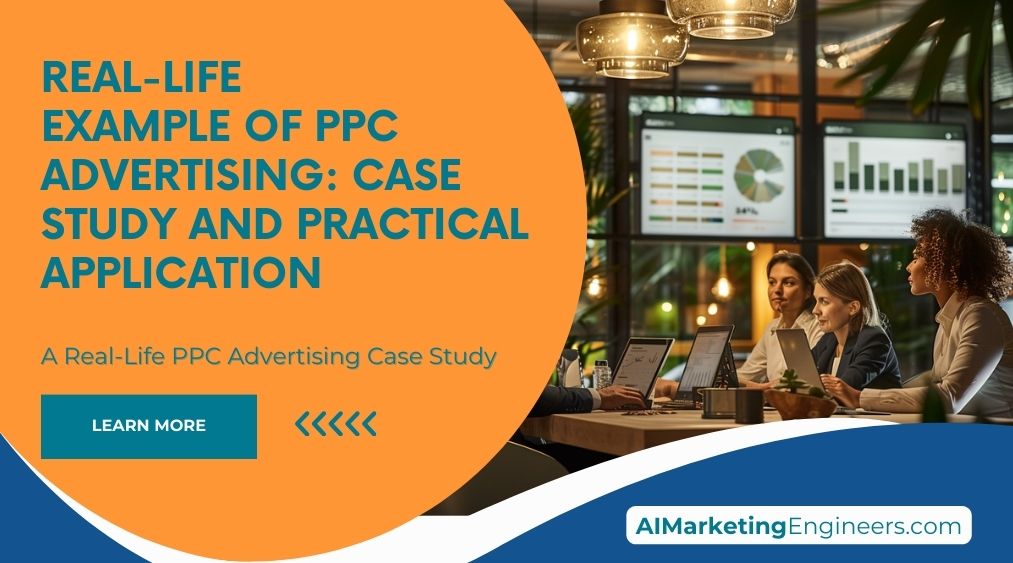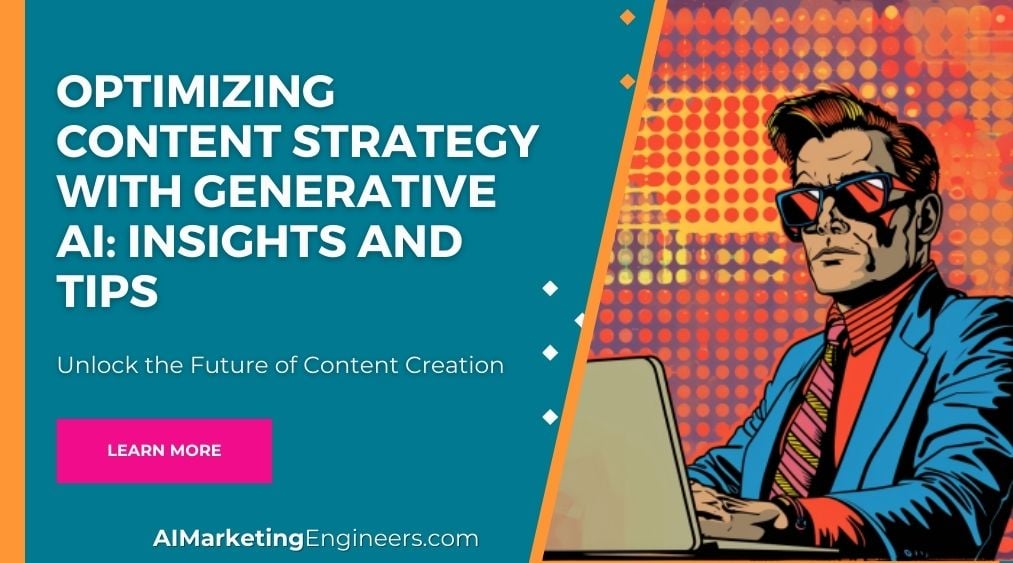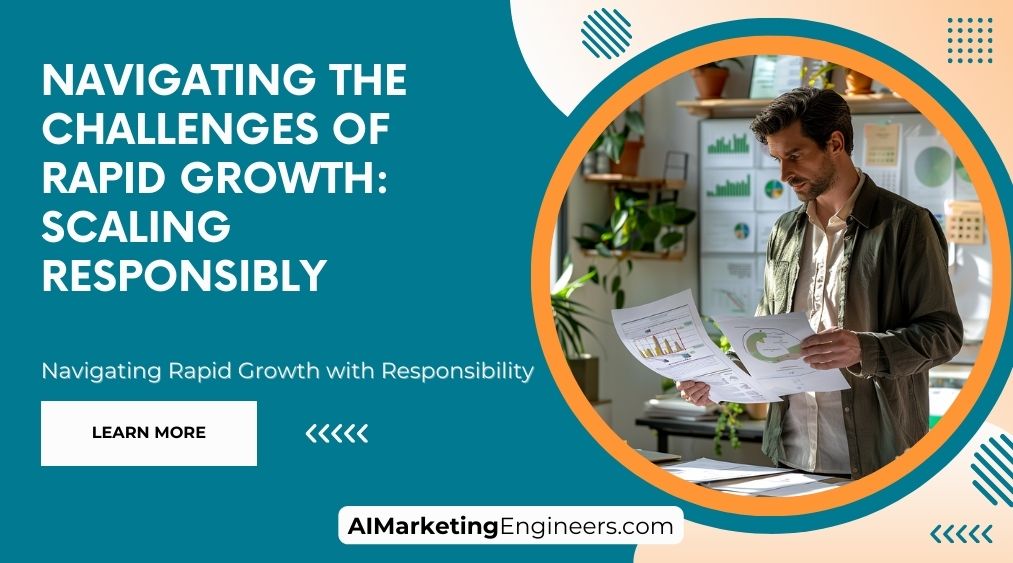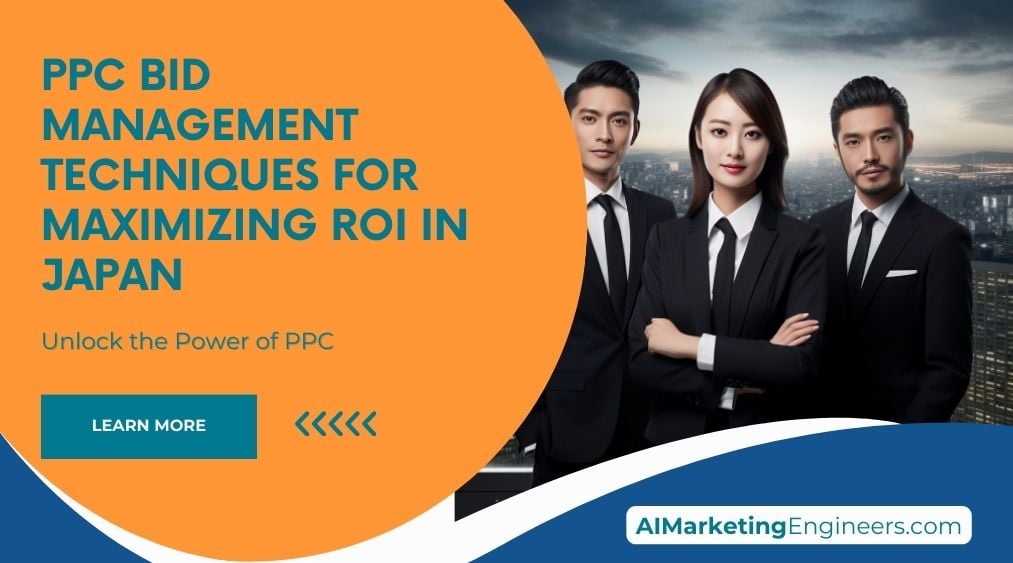Key Takeaways
✅ Targeted Advertising: Precision is key in PPC campaigns. For instance, Huel Vegan Protein's targeted Google Ads led users directly to their vegan protein products, resulting in a higher likelihood of conversion. To emulate their success, consider honing in on specific keywords that match your audience's intent and drive them to well-crafted landing pages.
✅ Creative Strategies: Standing out in the digital space can be a game-changer. Take Converse's strategy of engaging teens with microsites which saw significant traffic increases. Your brand can also capture attention by crafting campaigns that resonate with your audience culturally and contextually.
✅ Measurable Results: The allure of PPC is in its traceability. Alec Brownstein's ingenious use of targeting creative directors on Google AdWords led to job offers with just $6 spent. The lesson? Leveraging the data PPC offers can lead to high-impact results on modest budgets.
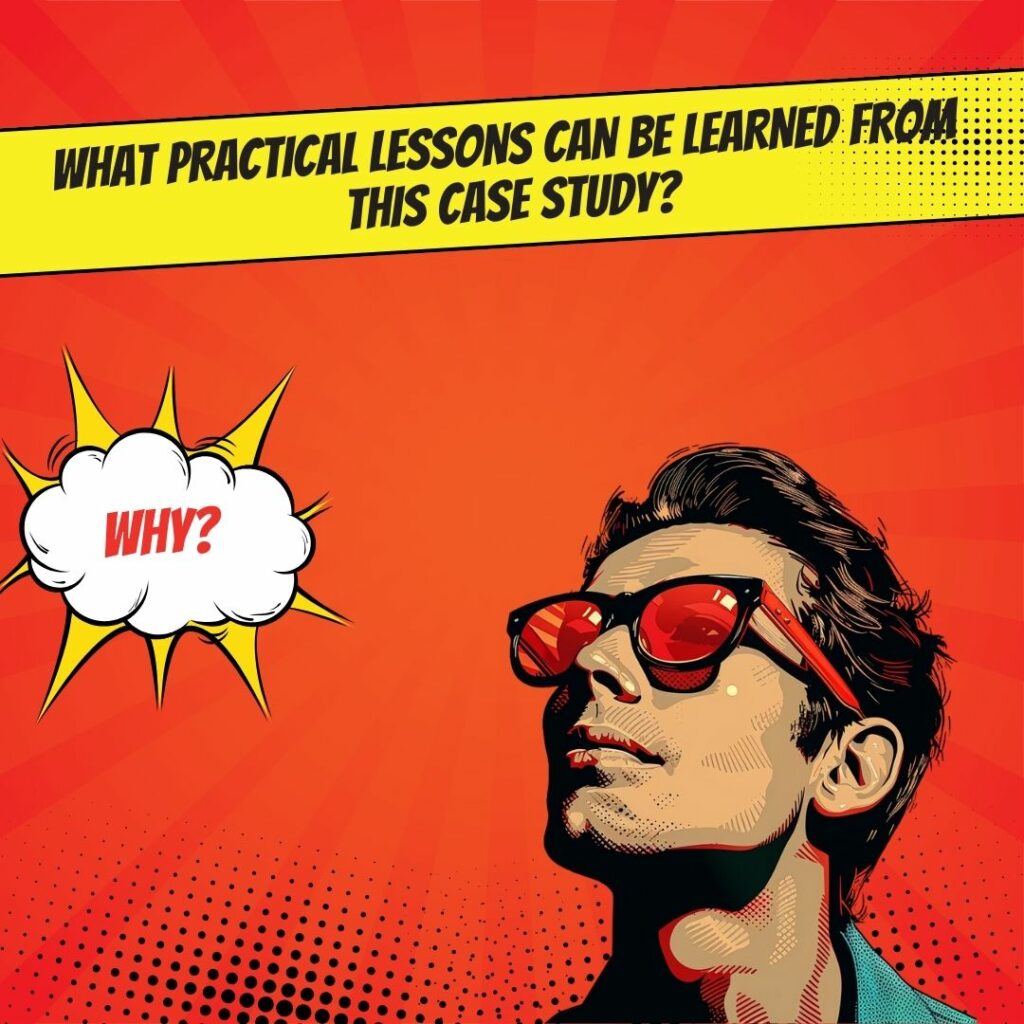
Introduction
Wouldn't you want to know the secret to capturing your target market's attention in just a few clicks? PPC advertising, or the art of buying visits to your website, isn't just about spending money; it's about spending smart and seeing real results. From small businesses to global brands, the stakes in digital marketing have never been higher.
In this article, we'll dive into a compelling case study: Warby Parker's triumphant PPC campaign. We will unfold their story from objectives to outcomes, revealing actionable insights. You'll learn not just the 'what' but the 'how' of PPC advertising at its finest. Imagine transforming your digital ads into conversion machines—this is where you start. Join us as we unpack strategies that promise not just clicks, but customers. Get ready for practical applications that you can tailor to your marketing objectives, driving revenue, ROAS, and ROI beyond your expectations.
Top Statistics
| Statistic | Insight |
|---|---|
| 74% of small businesses use or plan to use PPC advertising. | Small businesses are recognizing PPC as a key tool in the digital marketing toolkit, indicating a shift toward a more digital business landscape. |
| 80% of brands use paid social media ads, with 26% stating that Facebook generates the best ROI. | Social media platforms are a battleground for brands, and with so many seeing success, it's a clear call to action for companies to craft their social PPPC strategies. |
| Mobile ad spending in the USA is projected to exceed $200 billion in 2024. | Mobile isn't just the future; it's the present. Advertisers focusing on mobile users are gearing up for the lion's share of market reach and consumer engagement. |
| Alec Brownstein's PPC campaign cost just $6 and resulted in job offers from top creative directors. | This anecdote serves as an inspirational tale of PPC's potential for creativity and cost-effectiveness, opening doors that might seem locked to traditional marketing methods. |
| The Perfume Shop's YouTube campaign achieved a 236% ROI by targeting celebrity videos. | Targeted and well-thought-out PPC campaigns not only capture attention but can considerably hike up the return on investment, making every penny count. |
Understanding Pay-Per-Click Advertising
Pay-Per-Click (PPC) advertising is a digital marketing strategy where advertisers pay a fee each time one of their ads is clicked. It’s essentially a way of buying visits to your site, rather than attempting to “earn” those visits organically. Search engine advertising is one of the most popular forms of PPC, allowing advertisers to bid for ad placement in a search engine's sponsored links. Why is this important? Well, considering that Google processes over 3.5 billion searches per day, the potential reach of PPC ads is enormous. This broad reach provides businesses with a significant opportunity to attract targeted traffic. Effectively managing PPC campaigns can result in substantial returns on investment.
Case Study: Warby Parker's PPC Campaign
Warby Parker, the innovative online eyewear company, represents a textbook example of effective PPC advertising. The brand's business model disrupts traditional retail by offering fashionable eyewear online with a home try-on option. They set clear PPC campaign objectives: increase online sales and brand visibility. By crafting relatable ad copy, pinpointing an ideal customer demographic, and wisely managing their ad spend, they addressed these goals head-on. The campaign was monitored meticulously, tracking vital metrics, and adjustments were made to enhance ROI and lower cost-per-click (CPC). Their strategy included A/B testing of ads and landing pages to optimize performance continually. Leveraging detailed analytics, Warby Parker was able to refine their audience targeting and maximize conversion rates.
Practical Application: How Warby Parker's Strategy Can Be Replicated
Replicating Warby Parker's success starts with identifying your target audience and understanding their needs and online behaviors. This knowledge is used to create targeted buyer personas. Then comes the creation of enticing ad copy and user-friendly landing pages that reflect the understanding of your audience. Utilizing platforms like Google Ads, you can set up your campaign, making decisions on budget and bidding that aim for the best ROI. It’s not just about setting it and forgetting it; ongoing optimization based on campaign analytics is crucial. Regularly updating keywords and negative keywords can further refine targeting. Monitoring competitor strategies can also provide insights for adjusting your own campaigns.
Key Takeaways from Warby Parker's PPC Campaign
The crux of Warby Parker's success lay in a thorough comprehension of their customers' search habits and preferences. The company showed that the magic concoction for PPC success combines well-researched target audience knowledge with compelling ad copy and landing pages. Moreover, the continuous optimization of their ads allowed them to stay competitive and relevant, thereby driving impressive conversion rates. Investing in high-quality creative assets can enhance ad performance. Additionally, leveraging retargeting strategies can help capture potential customers who did not convert on their first visit.
Common Mistakes to Avoid in PPC Advertising
When it comes to pitfalls in the realm of PPC, the list is substantial. One such mistake is poor ad targeting, which can result in irrelevant traffic and wasted ad spend. Advertisers should avoid vague ad copy that fails to resonate with the intended audience. Additionally, inadequate budgeting and bidding strategies can burn through your investment without yielding results. A critical error is not keeping an eye on campaign analytics, which is essential for tweaking and refining PPC campaigns for better performance over time. Overlooking mobile optimization can also hinder campaign effectiveness. Ignoring ad extensions can lead to missed opportunities for enhanced ad visibility and engagement.
The Power of PPC Advertising in Real-Life Scenarios
Warby Parker is just one of many companies that have harnessed the power of PPC advertising. Its real-life application demonstrates the tangible impact that well-considered and executed PPC campaigns can have on business growth. For those considering PPC, it’s an opportunity to place their products or services in front of customers who are already seeking them. Applying these lessons, companies can leverage PPC to effectively reach their marketing objectives and scale their businesses. Consistent analysis and adaptation to market changes are crucial for sustained PPC success. Ultimately, PPC offers a measurable and scalable approach to driving targeted traffic and achieving business goals.
AI Marketing Engineers Recommendation
Recommendation 1: Leverage data-driven targeting in your PPC campaigns: By using platforms like Google Ads and Facebook Ads, which allow for detailed demographic, interest, and behavior targeting, you can boost the relevance of your ads and improve conversion rates. For instance, if you're selling organic skincare products, target users interested in organic living and wellness by using specific keywords and curated content. According to a 2022 report by Wordstream, the average click-through rate (CTR) for a Google Ads search campaign in the beauty industry is 3.86%. By optimizing targeting, you can strive to meet or exceed industry CTR benchmarks.
Recommendation 2: Implement an integrated content marketing strategy alongside PPC to establish credibility and trust: Insightful blog posts, instructional videos, and infographics can draw organic traffic, while PPC can help you capture immediate leads and sales. Complementing content marketing with PPC creates multiple touchpoints for customers, increasing the likelihood of conversion. Current trends show that increased content consumption online is leading to higher customer education levels, making informative and valuable content a must for effective conversion paths. In fact, research by Content Marketing Institute indicates that 72% of marketers believe content marketing increases engagement and the number of leads.
Recommendation 3: Utilize automation and AI-powered tools for optimizing bidding strategies and ad placements: With advances in these tools, like Google's Smart Bidding, businesses can get better returns on investment by allowing machine learning algorithms to make real-time bidding adjustments for the best possible ad placements and cost-efficiency. Practical benefits of using such tools include time savings and data precision, while actual performance improvements depend on effective implementation. In 2021, Econsultancy found that 55% of marketers are using AI for predictive analytics, and this number is growing as results continue to demonstrate the value of AI in optimizing digital marketing efforts.
Relevant Links
- Maximize ROI with Data-Driven PPC Campaigns
- Revolutionize Your PPC Strategy with AI Technology
- Achieving PPC Success Across Diverse Markets
- Master Google Ads & AdWords for SEM Dominance
- Unlocking PPC Potential with Creative Ad Copy
Conclusion
Reflecting on Warby Parker's PPC advertising success, it's evident that pay-per-click advertising isn't just a buzzword but a tangible driver of business growth. Warby Parker's clear goals and lucid understanding of their audience underpinned a campaign that wasn't just effective; it was cost-efficient. Their story shows us that with the right words aimed at the right people, plus a dash of smart bidding, brands can see their numbers soar. But it's not just about throwing money at ads and hoping for the best. Warby Parker's example underscores the continuous elbow grease required—tweaking ad copy, targeting, and crunching numbers to ensure maximum ROI.
Yes, mistakes are part of the deal. Poor targeting, vague ad messages, and lax budget management can turn a PPC campaign into a money pit. But as we've seen, these pitfalls are avoidable. The lesson? Keep your ears to the ground, eye on the data, and remain agile in optimization.
For businesses mulling over where to slot those marketing dollars, Warby Parker's case is a flashing neon sign pointing to PPC's potential. While it takes a bit of learning and a lot of refining, the payoff can speak for itself—not just in terms of direct sales but in invaluable insights into customer behavior.
So what's your next step? Maybe it's time to create your chapter in the PPC storybook. Consider your audience, sharpen your message, and remember, the pathway from ad to conversion is paved with perseverance. It's not just about launching campaigns; it's about launching conversations. Are you ready to start talking?
FAQs
Question 1: What is PPC advertising?
Answer: Think of PPC advertising as a smart way to get people to notice your business online. Each time someone clicks on your online ad, you pay a tiny fee. It’s a bit like having a billboard that you only pay for when people look at it.
Question 2: How does PPC advertising work?
Answer: Well, it's a bit like an auction. You bid on how much you're willing to pay when someone clicks on your ad. If your bid is high, you get better ad placement. And don’t worry, you only pay up when someone actually clicks on your ad.
Question 3: What are the benefits of PPC advertising?
Answer: PPC advertising can really put your product in the spotlight fast. It's especially great if your product is the needle in the haystack that's hard to find. Plus, you get to target the people who are most likely to buy from you.
Question 4: How do you measure the success of a PPC campaign?
Answer: Success in PPC is all about the numbers – how many people buy after clicking your ad, how much it costs you per sale, and whether you're earning more than you spend. Keeping track of these will tell you if your ads are really working.
Question 5: What are some best practices for creating successful PPC ads?
Answer: The key to a great PPC ad is making sure it speaks to what your audience needs and wants. Do your homework on them, use tools to help you create ads, and always play by the rules.
Question 6: How do you optimize a PPC campaign?
Answer: To make your PPC campaign shine, keep tweaking your ads based on how they perform. Change up the words, aim them at the right people, and always keep an eye out for anything unusual that might need fixing.
Question 7: How do you approach keyword research for a new PPC campaign?
Answer: Before diving into PPC, do a little digging to find out what words your customers are using when they're looking for stuff online. Use those words in your ads and on your website to make your ad more relevant.
Question 8: What are some creative ways to use PPC advertising?
Answer: Get creative with PPC by targeting ads specific to certain groups of people, tell a story in your ad, or even try naming your ad after someone you want to notice your business - just like Alec Brownstein did to land a job.
Question 9: How do you stay informed about changes and updates in PPC advertising platforms?
Answer: Keep your PPC knowledge fresh by reading up on industry news, attending online events, and connecting with people who know their stuff. This will help you stay on top of the game.
Academic References
- Adzooma. 5 Successful PPC Advertising Campaign Examples. This source provides a detailed analysis of various PPC campaigns, including Alec Brownstein's inventive job search strategy where for a minimal $6 investment, he gained notable job offers by targeting the names of top New York creative directors with Google Ads.
- Adzooma; Digivate. Top 10 Most Creative PPC Campaigns of All Time. This resource lists PPC campaigns like that of The Perfume Shop, which utilized YouTube's targeting tools for overlay ads on celebrity videos, leading to a 236% return on investment.
- Nestscale. PPC Ad Examples: 7 Successful Stories for E-Commerce Success. Provides insight into various PPC strategies, highlighting companies such as MOZ that effectively employed Google Ads to drive clear and persuasive calls to action, and Polar whose use of machine learning significantly enhanced their PPC ad performance on Amazon.
- Funko – Instagram Ads Analysis. This examines how Funko leveraged Instagram ads by including product prices within the promotions, thus fostering consumer trust and supporting decision-making processes.
- Converse "Domaination" Campaign Case Study. Explores Converse's strategic use of Google AdWords to connect with a teenage demographic by seizing cultural moments to foster conversation rather than hard-selling products.
